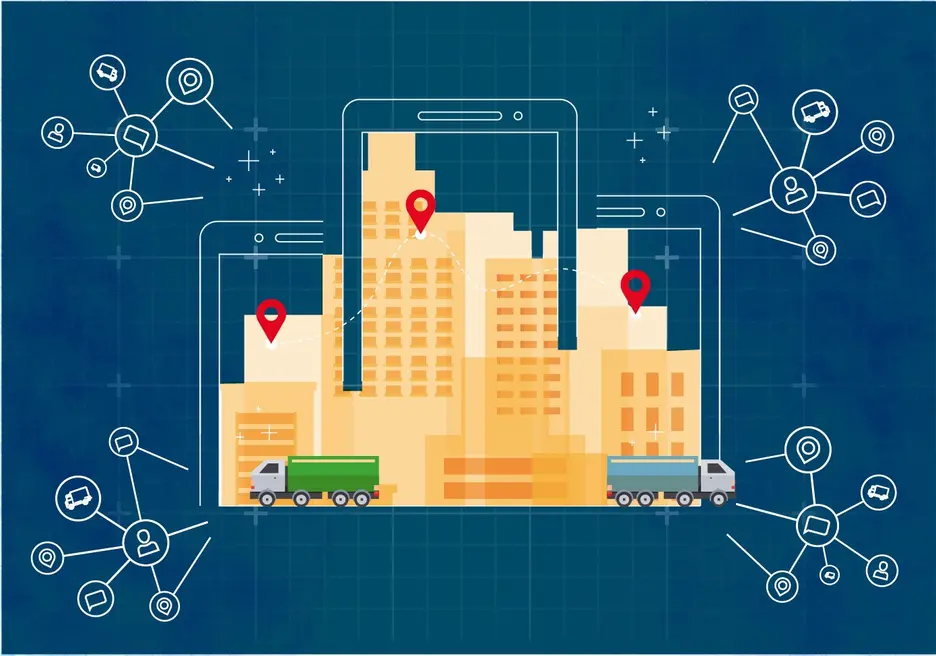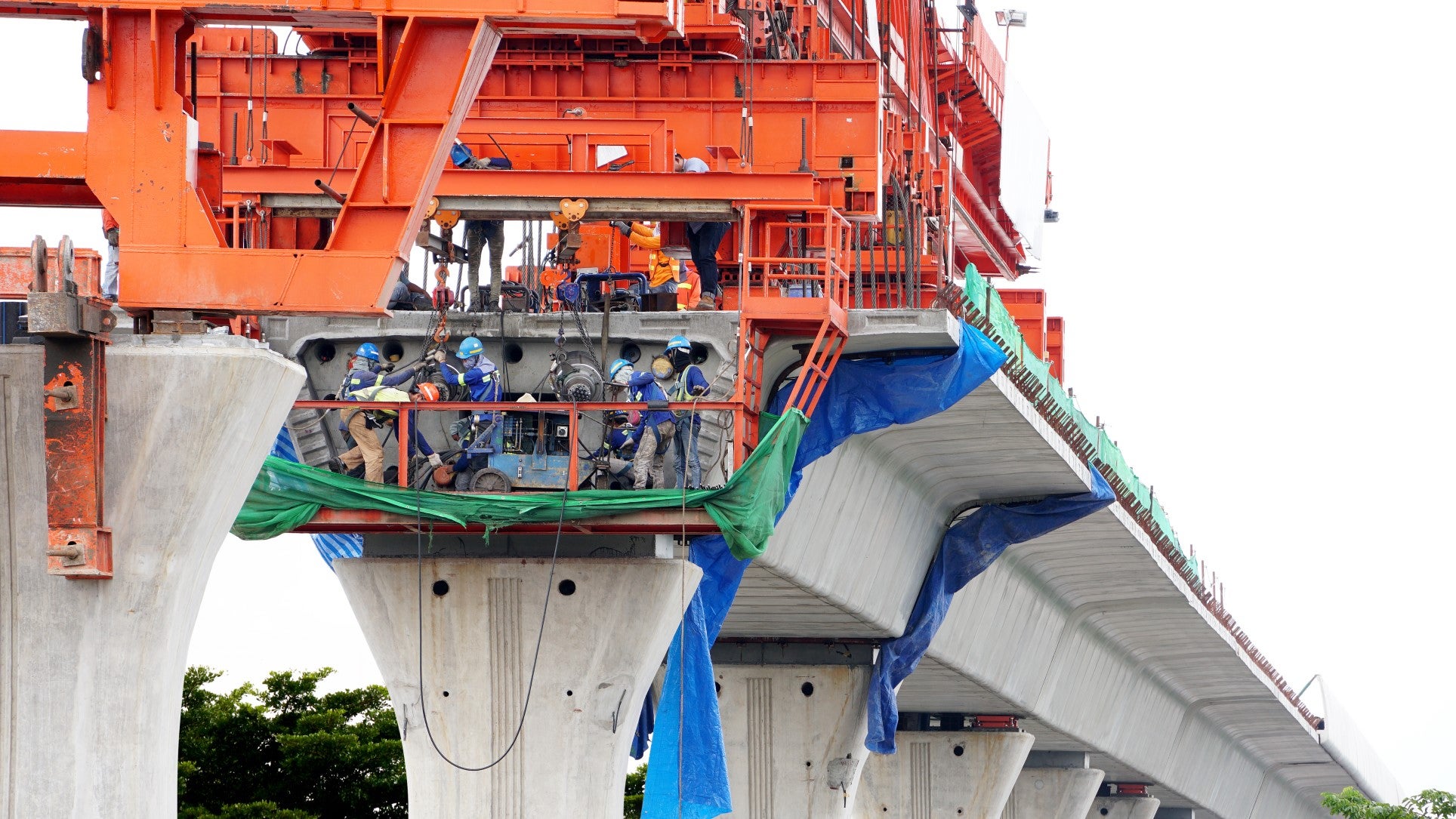Four Urgent Digital Improvements for Freight Transport in Our Region

Trucking is a central component in logistics management and represents about 75 percent of freight transport in Latin America and the Caribbean. Trucking is the quintessential mode of transport in urban logistics.
As in many other sectors, the transport logistics of what is called “last mile” trucking – which includes delivery to the final recipient, be it by land vehicle or drone – is undergoing its own digital transformation. New business models are revolutionizing the traditional freight exchanges for vehicle transport with the use of wireless broadband and smart mobile devices, cloud computing, big data, the Internet of Things, and artificial intelligence and are thus providing promising and innovative solutions.
However, last mile logistics happens to be the most expensive and least efficient part of the supply chain, so much so that it is estimated to represent up to 50 percent of freight transport costs. According to reports, this niche will represent a global market of about US$55 billion by 2025. The size of the market, its fragmentation and inefficiency make this sector an obvious candidate for accelerated transformation and disruption.
The new business models
Around the world we are seeing interesting business models for trucking and last mile solutions, which are attracting venture capital while benefiting from the network effects associated with the number of participants on the platform. In India, the BlackBuck platform has 300,000 trucks and about 10,000 clients, including Coca-Cola, Unilever, and the automotive conglomerate Tata. In China, Full Truck Alliance has 5.5 million registered truckers.
In the United States, the ConvoyGo platform preselects and certifies truckers so that clients can choose their carrier based on these attributes. Uber Freight will invest some US$2 billion in the next decade to expand its current platform.
Logistics platforms in Latin America and the Caribbean are adapting to local needs. In Brazil, Cargo X has more than 250,000 trucker affiliates, while in Chile, Avancargo has more than 300 clients and 2,000 affiliates. Liftit, which operates in Colombia, Mexico, Chile, Brazil, and Ecuador, has mobilized strategic and impact investors like Mercado Libre, Monashees, IFC, and NXTP Labs, as well as others. As is typical in the platforms model, many of these are adding complementary digital businesses such as payment methods, insurance, and financial services.
What solutions does this technology provide?
These platforms for consolidated (LTL-less than truckload) or full (FTL-full truckload) truckload carriers use technology to resolve some of the challenges faced by this segment in the region:
- They increase operational efficiency. By generating smart matching mechanisms between clients and carriers, the platforms make it possible to utilize vehicles’ idle capacity to serve more clients and reduce the number of empty trips. In Latin America and the Caribbean, the operational efficiency of freight transport is very low. IDB analyses indicate that if we just look at load rates in the region, 40 percent of vehicles return empty from their trips, compared to 20-25 percent in North America.
- They reduce emissions. Increased efficiency reduces the trips needed to haul the same amount of freight. In addition, the inclusion of route optimization technology reduces fuel consumption per trip. These benefits are significant, considering that trucks represent 3 percent of the world’s GHG emissions.
- They offer consolidated services. Matching enables clients to shop a consolidated supply of logistics services offered by independent haulers with quality and reliability standards. This reduces the uncertainty and intermediation caused by the sector’s atomization and informality. It is worth noting that even though fleets have been increasing in our region (the annual rate has been 5.7 percent in Chile and 5.4 percent in Mexico), atomized and informal business organization is persistent and affects the sector’s productivity.
- They guarantee traceability and increase automation. These solutions use technology to guarantee the traceability of freight in real time, schedule shipments, and automate processes. Compared with other regions, trucking in Latin America and the Caribbean still has a low use of technological systems. Thus, these solutions represent an important leap forward in the sector’s operations.
It is estimated that these benefits may entail savings of up to 25 percent in time and cost. The ever-increasing sophistication of these models will give the users of trucking services confidence and service quality, resolving important challenges that afflict supply chains in Latin America and the Caribbean. The time has come to view the digitization of last mile trucking as a business opportunity that contributes to the development of our economies and the well-being of our region.■
LIKE WHAT YOU JUST READ?
Subscribe to our mailing list to stay informed on the latest IDB Invest news, blog posts, upcoming events, and to learn more about specific areas of interest.
Subscribe



